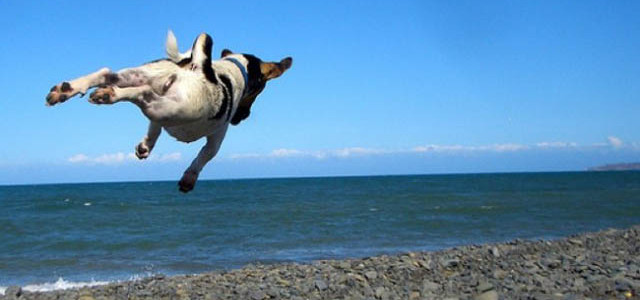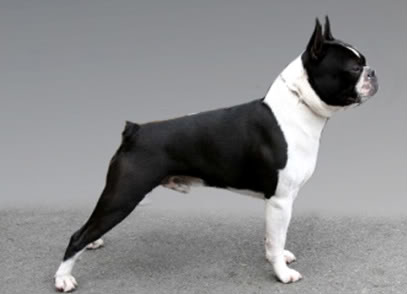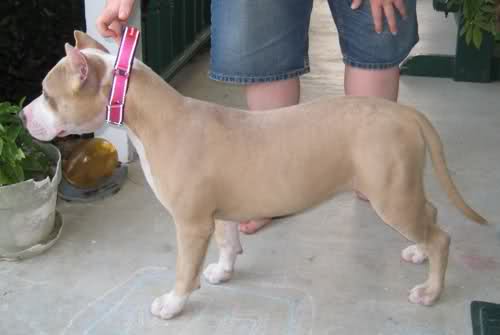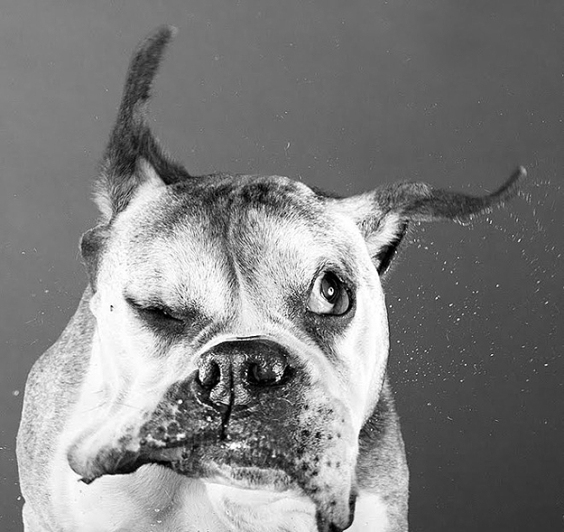
Dr. Craig Landry, DC – Certified Animal Chiropractor.
This guide is designed to help the average dog-owner better understand their animal’s health as it relates to their mobility. Since many of the conditions that affect our pets are related to the health of their spine and nervous system, it’s important that we all learn the necessary skills to become better informed, empowered, and responsible dog-owners.
Of the thousands of animals my associates and I have treated in practice, I’ve compiled a list of simple and fun methods you can perform at home to help appreciate the importance proper mobility has on your pet’s overall health.
POSTURE



Yes – dogs have posture too, and many dogs have “bad” posture. In general, “good” posture means that their back, or ‘top-line’, has a relatively flat appearance from the shoulders to the pelvis. Dysfunctional top-lines are often described as having a “roach” (German Shepherd) or “sway-back” (Pit-bull) appearance. These abnormal postures are the result of mechanical and muscular imbalances, which can negatively affect the function of the nervous system.
Assess your dog’s posture. How does it look?
STRETCHING


All dogs and cats have a stretch routine that they instinctually perform daily. This is quite amazing as humans do not have this instinct. These “upward dog” and “downward dog” stretches are extremely important for animals to maintain balance between their ventral and dorsal (front and back) musculature, as well as to maintain proper mobility in their low back and pelvis. Animals that have stopped stretching often do so because of joint stiffness, pain, and muscle spasm. One of my biggest goals when treating senior dogs and cats is to get them to start stretching again.
Pay close attention to how your pet stretches. Does it do both upward AND downward dog? Is the depth of the stretch equal on both sides?
SHAKING-OFF

Our dogs are smarter than we think. We often see dogs shake-off after they wake up from a sleep, or just after they do their ‘stretches’. The purpose of this “dry” shake-off is to mobilize their spines after a period of rest. This rapid rotational movement stimulates their joint capsules to produce synovial fluid, which lubricate joints. Dogs may stop shaking-off for a few different reasons. If they have sustained an acute injury to one or more joints they may stop shaking-off all-of-a-sudden, whereas senior dogs will progressively decrease the frequency and quality of shake-offs due to stiffness and arthritis.
How often does your dog shake-off? Is it a full body shake or is it just the neck and upper body?
